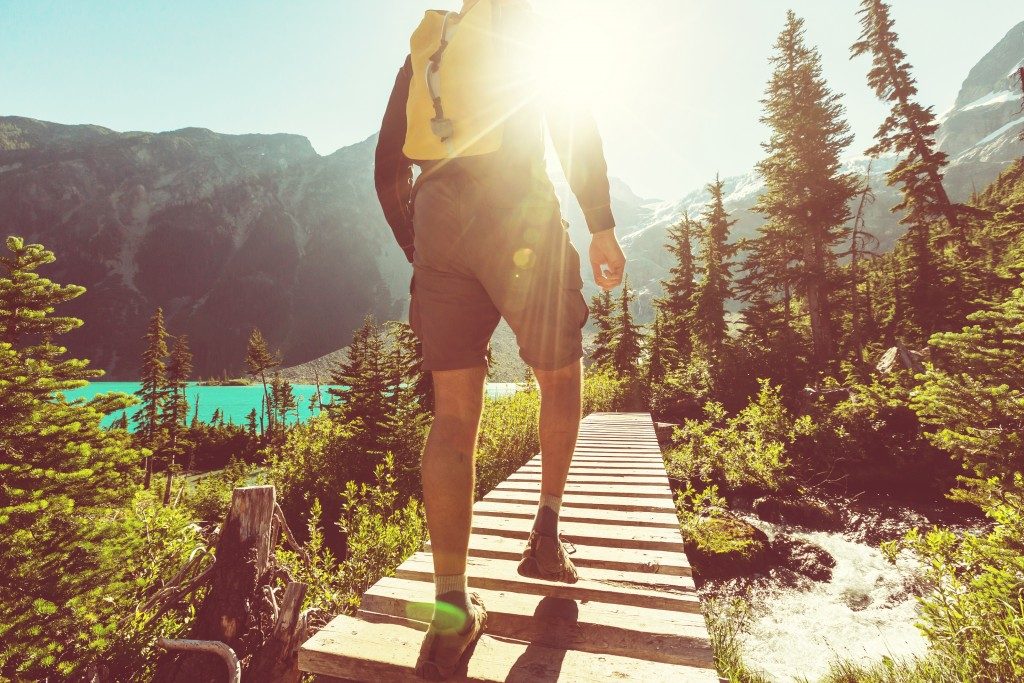Your company’s primary services include recycling wood, plastics, paper, metals, and other scraps. You’re barely four months into the job, and you like the work environment, your boss, your colleagues, your compensation package, and the benefits. There’s breakfast food three times a week, you’re allowed to telecommute one day of the week, and there are limited gym benefits as well.
What you didn’t know is that every year, the company organizes a particular company activity that everyone must attend. It can be an indoor crazy and fun singing competition where non-singers sing and embarrass themselves or an outdoor event like a bazaar where the company raises funds to support a community cause.
This year it’s going to be a hiking trip. You are not an outdoor person. You’re panicking, and to rub salt to the wound, they made you member of the committee organizing the event. Hiking? Here are some of the things that you need to know:
An Overview of Hiking in America
Many employees of the company are members of the American Hiking Society (AHS). Both AHS and your company are committed to helping to protect the environment. Organizations like AHS and individuals do trail maintenance to protect the natural state of trails.
In 2017, the number of hikers in America reached nearly 45 million. What’s harder to estimate is the number of trails in the USA and the combined total length. One estimate suggests that more than 150 trails are corresponding to roughly 74,000 miles. But with pocket parks and small trails in urban areas, there might be more than this estimate.
Colorado, Washington, Utah, Oregon, and Alaska are regarded as the top five states with the best hiking trails.
Starting Your Journey to the Outdoors

Experts recommend that one of the initial things first time hikers should do is to select a hiking route. Well, use your charm to influence members of the committee to choose one that won’t kill you, or at least your spirit! Here are a few things to note.
- Footwear. Don’t just wear your gym shoes. Hiking is all about your feet and how to make them comfortable throughout the journey. There are many excellent brands to choose from, like Saucony, Merrel, Brooks, Hoka, Scarpa, or Salomon. Choose the model that best suits your foot type and your stride. Be ready to spend from $80 to upwards of $200. Hiking boots will be on the higher end of this price range.
- Training. It’s not going to happen next month. Squeeze some time in your schedule to train. Try the indoor gym first to get your endurance going by elevating your heartbeat for at least 20 to 30 minutes three times a week. Seek an experienced hiker to come with you on short trail-hikes to acclimatize yourself with the activity.
- Other gear. You’re going to need to carry some essentials, so you need a suitable backpack. Avoid cotton for your clothing. Hiking clothes are organized on several layers: next to skin, hiking layers, insulation, and rainwear. Make sure you get the right materials for all these categories.
- Nourishment. Bring proper hydration kit and food to eat. The recommendation is to drink half a liter of water every hour. Eat about 57 to 87 grams of energy bars per hour, which is about 200 to 300 calories.
You’ll also need to think about other items for protection, like sunscreen and first aid kits. But these items on your preparation list should be enough for now to manage your anxiety. Happy trails!


